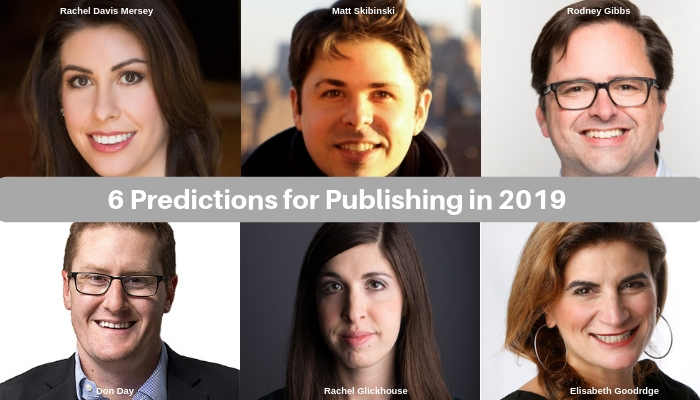|
Getting your Trinity Audio player ready...
|
As we begin the new year in

Pivot to reader revenue
“With reader revenue what matters is not the volume of clicks but the number of readers who find great value in a publication’s content. This requires publishers to focus on content that is local, relevant, useful and, importantly, credible and reliable.” — Matt Skibinski, reader revenue advisor for the Lenfest Institute
In the age of advertising supported journalism, volume (or clicks and pageviews) was the most important currency for publishers. But as we see more and more publishers move to reader revenue strategies, quality and reliability are becoming the new currencies for publishers. Globally we have seen a trend of decreasing trust in the news — our latest research report found this to be true more strongly in the US and the UK. Readers today are looking for news sources they can trust, and they are willing to pay for this.
Read the full prediction from Matt Skibinski here
Experimentation with pay(time)walls
“The time wall approach allows for members of our business-focused content to get a tangible perk while keeping the paywall down.” — Don Day, publisher of BoiseDev
As more publishers do pivot to reader revenue strategies, we will see more experimentation with paywalls. For local news, this might mean more of a time wall approach, similar to what BoiseDev is doing. Paying members of this micro-news site in Idaho, USA are the first to receive local news stories, which are then published on the website the day after.
Read the full prediction from Don Day here
Re-focus on local content
“The evidence that audiences are unwilling to pay for local news is actually clouded by the fact that most local news is not local at all.” — Rachel Davis Mersey, assistant professor at the Medill School of Journalism, Media, Integrated Marketing Communications at Northwestern University
Thanks to the internet, anything other than truly local news competes against other free content across the globe. National and international news, fashion and lifestyle coverage, comics, sports — these stories can all be easily found elsewhere. That’s why local newspapers will re-focus their coverage to truly local stories in 2019, enabling them to offer a product that cannot be found elsewhere. This in turn will help local publishers in their pivots to reader revenue strategies.
Read the full prediction from Rachel Davis Mersey here
Prioritising audience needs
“Despite leaps and bounds in technology, newsrooms sometimes offer audiences limited options when presenting complex stories, like a long-form text story or audio episode.” — Rachel Glickhouse, partner manager for ProPublica’s Documenting Hate project
More and more newspapers are changing user experiences based on what is important to readers and how they consume news. We can see this in The Guardian’s LabRdr experiment which gave readers bundles of content perfectly timed with their daily commutes, or when the Desert Sun published a two-year-long investigation with multiple time options for readers to pick from.

Read the full prediction from Rachel Glickhouse here
Engage younger audiences through audio
“Already mobile-tethered and expecting content on demand, young people are a prime audience for this evolution of audio-based news.” — Rodney Gibbs, chief product officer at The Texas Tribune
We have written before of how publishers are trying to reach younger news audiences, from meeting them where they already are, such as Le Monde’s Snapchat strategy, or launching new products such as Altinget’s research into what teenagers want from their political news. In 2019 we will see a renewed focus on engaging younger audiences, this time through the use of audio.
Read the full prediction from Rodney Gibbs here
Retention through newsletters
“These are hard-won subscribers. Ensuring that they remain so loyal, so engaged and so connected to the journalism and mission that they stick around can’t be done by sales and marketing alone.” — Elisabeth Goodridge, editorial director of newsletters at The New York Times
Retention risks becoming another buzzword in the publishing industry, like engagement before it. But smart publishers will prioritise their retention strategies, with newsletters at the top as they are proven retention tools across industries. We will move beyond large blasts of emails to personalised newsletters — something we are leading the way in at Twipe thanks to “JAMES, Your Digital Butler“, our collaborative project with The Times and The Sunday Times.
Read the full prediction from Elisabeth Goodridge here
Mary-Katharine Phillips
Media innovation analyst @ Twipe
Republished with kind permission of Twipe Mobile


